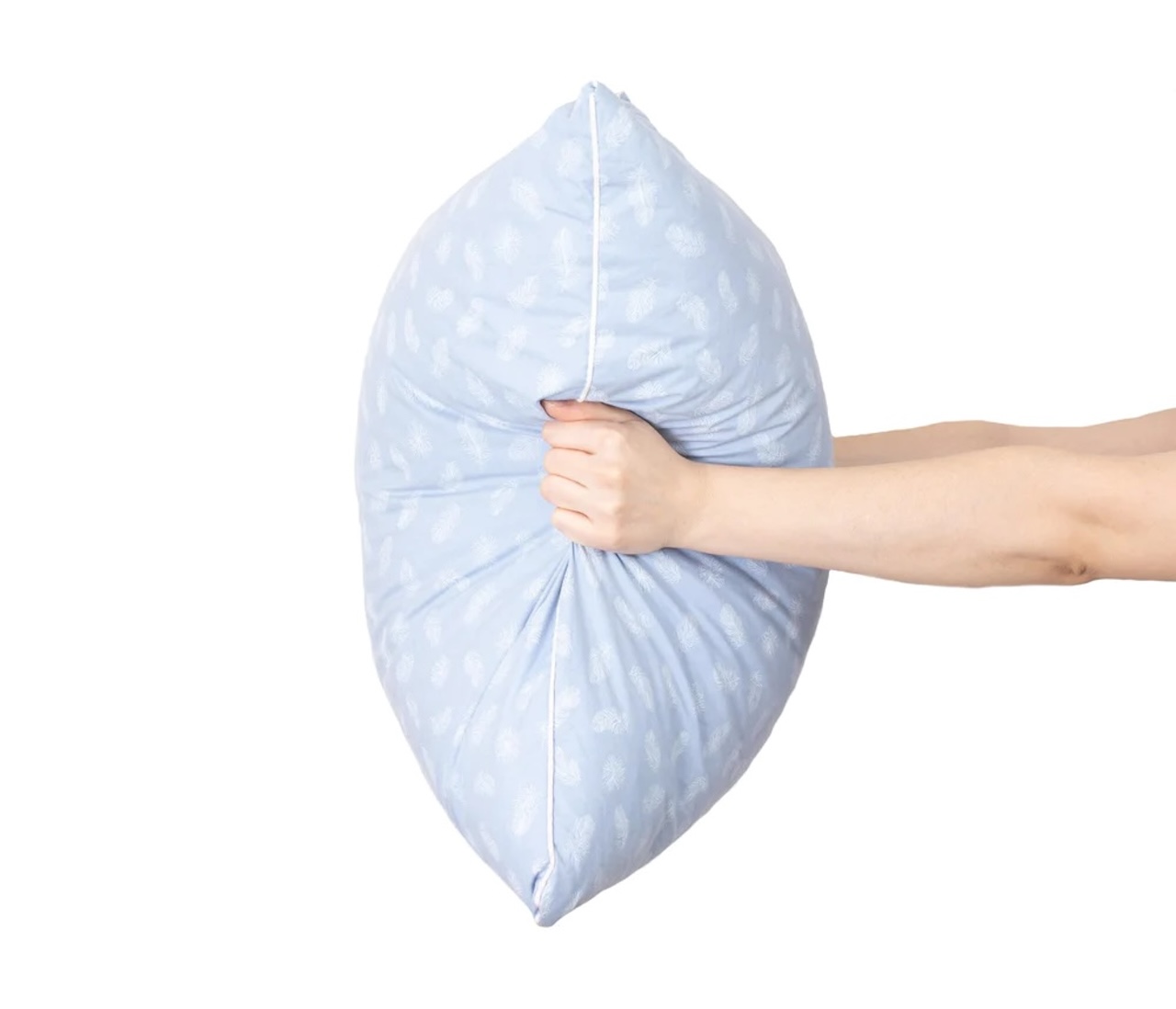

Articles
Why Do New Pillows Smell
Modified: August 28, 2024
Discover why new pillows often have a distinct scent and how to get rid of it. Read our informative articles on this topic.
(Many of the links in this article redirect to a specific reviewed product. Your purchase of these products through affiliate links helps to generate commission for Storables.com, at no extra cost. Learn more)
Introduction
Pillows are an essential household item that provides comfort and support while we sleep. However, one common issue that many people encounter when purchasing a new pillow is the unpleasant smell that often accompanies it. You open the package, expecting to enjoy a fresh and clean pillow, only to be greeted by an offensive odor.
This phenomenon of new pillows emitting a smell is a puzzling and frustrating experience for many individuals. It raises questions such as: Why do new pillows smell? Is it harmful to breathe in the odor? And most importantly, how can we get rid of this unpleasant smell?
In this article, we will delve into the factors that contribute to the odor of new pillows and provide insights into how you can mitigate it. So, let’s unravel the mystery behind the smell of new pillows and discover ways to make your sleeping experience more comfortable.
Key Takeaways:
- Unraveling the Mystery of New Pillow Smells
Discover the reasons behind the odor of new pillows, from materials and manufacturing to chemical treatments and shipping. Learn how to minimize the smell for a more comfortable sleeping experience. - Transforming Unpleasant Odors into Comfort
Explore techniques to reduce the smell of new pillows, including airing it out, washing the cover, using odor absorbers, sun exposure, and allowing time for the odor to naturally fade. Enjoy a fresh and pleasant sleeping environment.
Read more: What To Do With New Pillows
Understanding the Odor
Before we dive into the reasons why new pillows emit a smell, it’s important to understand the nature of the odor itself. The smell that emanates from new pillows is often described as a combination of various substances, including a chemical-like scent, a manufacturing odor, or even a synthetic smell.
The intensity of the odor can vary from pillow to pillow, ranging from mild to strong. It’s worth noting that the smell is not necessarily a sign of poor quality or a defect in the pillow. Instead, it is a result of the materials used, the manufacturing process, and the treatments applied during production.
While the odor may be unpleasant, it is essential to differentiate between a generally harmless smell and one that is potentially harmful. In most cases, the smell of a new pillow is not considered harmful to your health. However, if you experience severe allergic reactions or respiratory issues after prolonged exposure to the odor, it is advisable to consult a healthcare professional.
Now that we have a basic understanding of the odor, let’s explore the factors that contribute to the smell of new pillows.
Materials Used in Pillows
The composition of a pillow plays a significant role in determining its odor. Pillows can be made from a variety of materials, each with its own characteristics and potential to emit a smell.
One common material used in pillows is memory foam, which is renowned for its contouring capabilities and pressure-relieving properties. Memory foam pillows often have a distinct odor when new. This odor can be attributed to the volatile organic compounds (VOCs) released by the foam. VOCs are chemicals that can evaporate at room temperature and contribute to the smell.
Another popular pillow material is down feathers, known for their luxurious softness and excellent insulation. While down pillows may not have as strong of an odor as memory foam, they can still emit a natural, slightly earthy scent. This smell is typically harmless and dissipates over time as the feathers lose any residual moisture.
In addition to memory foam and down feathers, pillows may also contain synthetic materials like polyester or microfiber. These synthetic fibers are valued for their durability and affordability. However, they may have a faint chemical-like smell due to the manufacturing process and the synthetic nature of the materials.
It is worth mentioning that some manufacturers use organic or natural materials in their pillows, such as organic cotton or natural latex. These materials are less likely to emit a strong odor compared to synthetic options. However, even natural materials can have a mild smell associated with them due to the processing and treatment they undergo.
In the next section, we will explore how the manufacturing process contributes to the smell of new pillows.
Manufacturing Process
The manufacturing process of pillows involves several steps that can contribute to the odor experienced when the product is new. Understanding these processes can help shed light on the source of the smell.
Firstly, during the production of memory foam pillows, the foam undergoes a chemical reaction to create the unique viscoelastic properties that make it conform to the shape of your head and neck. This chemical reaction can release VOCs, resulting in a temporary smell that gradually dissipates over time.
Similarly, in the case of down pillows, the feathers are cleaned, sanitized, and treated to ensure their quality and durability. These treatments may use chemicals that can contribute to the initial odor of the pillow. However, rest assured that reputable manufacturers comply with safety regulations to minimize the use of potentially harmful substances.
The manufacturing process also involves the bonding or stitching of pillow components together. Adhesives or thread used during this process can emit a slight odor that may be noticeable when the pillow is new.
Furthermore, pillows undergo quality control checks before they are packaged and shipped to retailers. These checks often involve the application of additional treatments or finishes to improve the overall quality and appearance of the pillow. These treatments can also contribute to the temporary smell experienced when the pillow is unwrapped.
Now that we have explored the manufacturing process, let’s discuss the impact of chemical treatments on the smell of new pillows.
To reduce the smell of a new pillow, try airing it out in a well-ventilated area for a few days before use. You can also sprinkle baking soda on the pillow and let it sit for a few hours before vacuuming it off to help absorb any lingering odors.
Chemical Treatments
Chemical treatments applied to pillows serve various purposes, such as enhancing their flame resistance, preventing mold or mildew growth, and repelling common allergens like dust mites. While these treatments are intended to improve the quality and functionality of the pillows, they can contribute to the initial odor.
One common chemical treatment is flame retardants, which are used to reduce the risk of pillows catching fire. Flame retardants often have a distinct smell, which can be noticeable in new pillows. However, it’s important to note that flame retardants used in pillows undergo rigorous testing and are regulated to ensure their safety.
Antimicrobial treatments may also be applied to pillows to resist the growth of bacteria, mold, and other microorganisms. These treatments can release substances that may have a slight odor when the pillow is new. However, they are generally safe and effective in maintaining a clean and hygienic sleeping environment.
In an effort to make pillows hypoallergenic, manufacturers may use treatments that repel common allergens like dust mites. These treatments often contain substances that have a mild odor. They are designed to minimize the presence of allergens and create a healthier sleeping environment for individuals prone to allergies.
Although these chemical treatments can contribute to the initial smell of new pillows, it is important to note that they are regulated and tested for safety. The odors associated with these treatments are typically temporary and will diminish over time as the pillows are aired out and allowed to breathe.
In the next section, we will discuss how packaging and shipping can affect the smell of new pillows.
Read more: Why Does My Memory Foam Pillow Smell
Packaging and Shipping
The process of packaging and shipping can also play a role in the smell of new pillows. When pillows are manufactured, they are often carefully sealed in plastic packaging to protect them from dirt, dust, and moisture during transit.
This airtight packaging can trap the natural odors of the materials and any residual smells from the manufacturing process. As a result, when the package is opened, the trapped odors are released and become more noticeable. This is why the smell of a new pillow is often most prominent when it is first unpacked.
Additionally, during shipping, pillows may be exposed to various environmental conditions, such as high temperatures or humidity. These conditions can exacerbate the odor and cause it to become more noticeable when the pillow is finally unwrapped.
Fortunately, the packaging odor is typically temporary and will dissipate as the pillow is aired out and exposed to fresh air. It is recommended to remove the pillow from its packaging and allow it to breathe for a few hours or even a couple of days before using it.
In the next section, we will provide tips on how to reduce the smell of new pillows and make your sleeping experience more enjoyable.
How to Reduce the Smell
If you’re eager to minimize the smell of a new pillow and make it more pleasant to use, here are some techniques you can try:
- Air it out: As mentioned earlier, allowing the pillow to breathe is essential. Remove it from its packaging and let it air in a well-ventilated room for a few hours or even overnight. This will help dissipate the odor more quickly.
- Wash the cover: If the pillow has a removable cover, consider washing it according to the manufacturer’s instructions. Cleaning the cover can help eliminate any lingering smells and freshen up the overall scent.
- Use odor absorbers: Place odor absorbers or fresheners near the pillow to help neutralize the smell. Options include baking soda, activated charcoal, or even sachets of dried lavender, which can provide a pleasant fragrance.
- Sun exposure: If weather permits, placing the pillow outside in direct sunlight can help to naturally freshen it up. The combination of fresh air and sunlight can aid in eliminating odors.
- Give it time: In many cases, the smell of a new pillow will naturally fade away with time. Simply using the pillow regularly and allowing it to air out over a few days or weeks should gradually reduce the odor.
It’s important to note that the effectiveness of these methods may vary depending on the materials used in the pillow and the intensity of the initial smell. In some cases, it may take longer for the odor to dissipate completely.
Remember, a new pillow smell is generally harmless and temporary. With a little patience and these methods, you can make your new pillow a more pleasant and comfortable addition to your sleep routine.
Conclusion
The smell that often accompanies new pillows can be an inconvenience and cause concern for many individuals. However, understanding the reasons behind this odor can help alleviate worries and provide solutions to minimize the smell.
New pillow smells can be attributed to various factors, including the materials used in the pillow, the manufacturing process, chemical treatments, and packaging and shipping. These factors contribute to the initial odor but are generally harmless and temporary.
To reduce the smell of a new pillow, you can take several steps such as airing it out, washing the cover, using odor absorbers, exposing it to sunlight, and simply allowing it time to naturally dissipate. With these techniques, the unpleasant smell should gradually diminish, and you can enjoy a fresh and comfortable sleeping experience.
It’s important to note that individual perceptions of smell may vary, and some people may be more sensitive to odors than others. If you experience any severe allergic reactions or respiratory issues, it is advisable to seek medical advice.
In conclusion, while the smell of new pillows may be initially bothersome, it is a temporary inconvenience that can be managed with a few simple steps. With patience and proper care, your new pillow will soon be odor-free, providing you with the comfort and support you desire for a restful night’s sleep.
Frequently Asked Questions about Why Do New Pillows Smell
Was this page helpful?
At Storables.com, we guarantee accurate and reliable information. Our content, validated by Expert Board Contributors, is crafted following stringent Editorial Policies. We're committed to providing you with well-researched, expert-backed insights for all your informational needs.
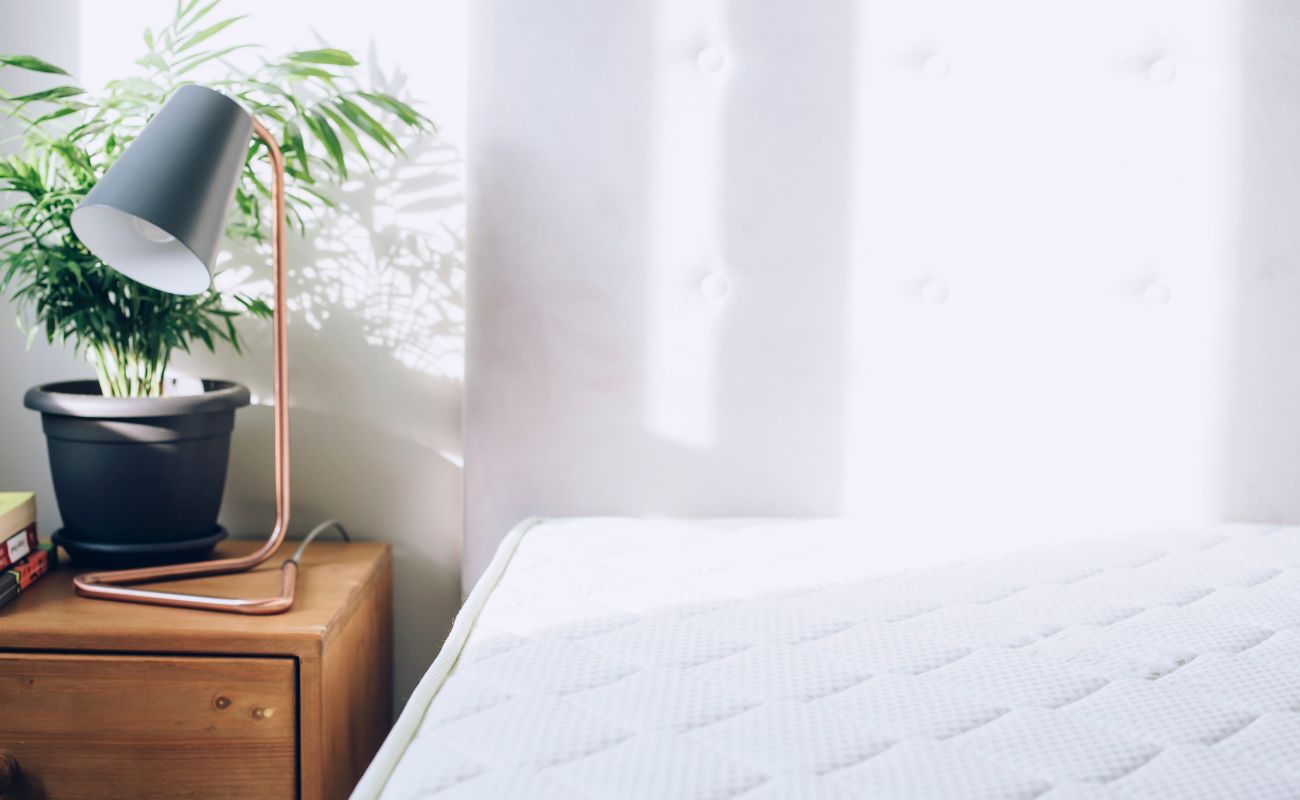


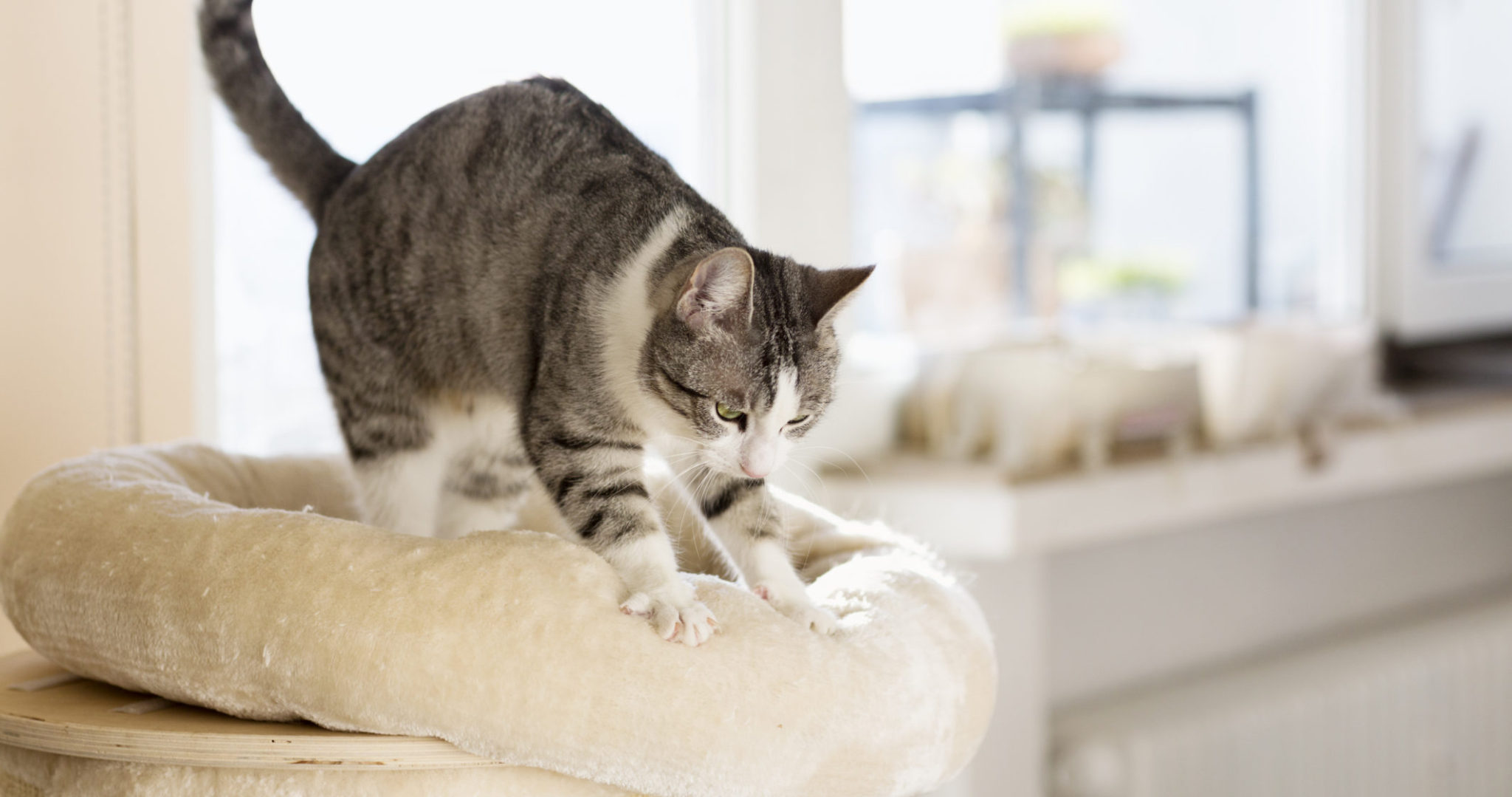


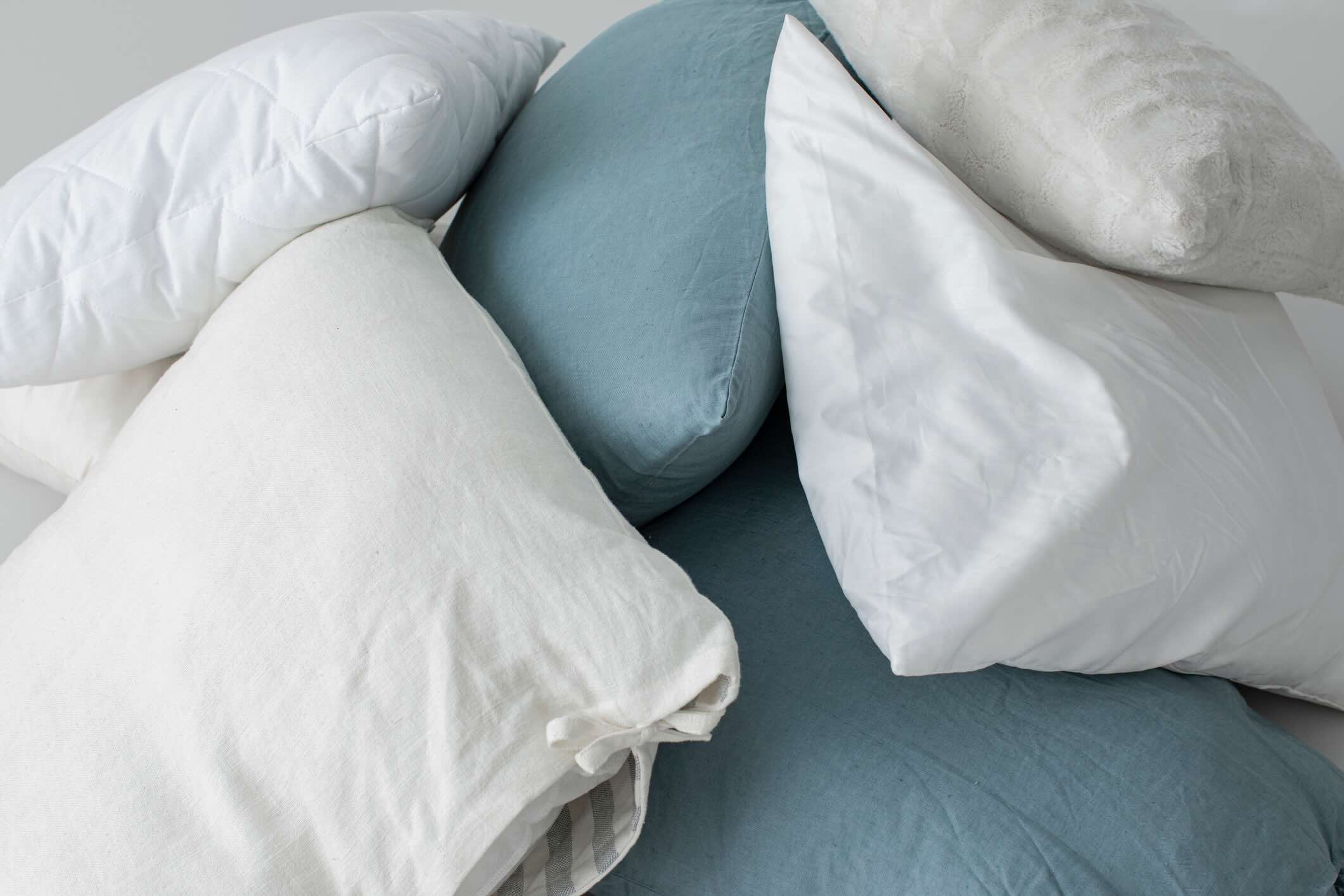
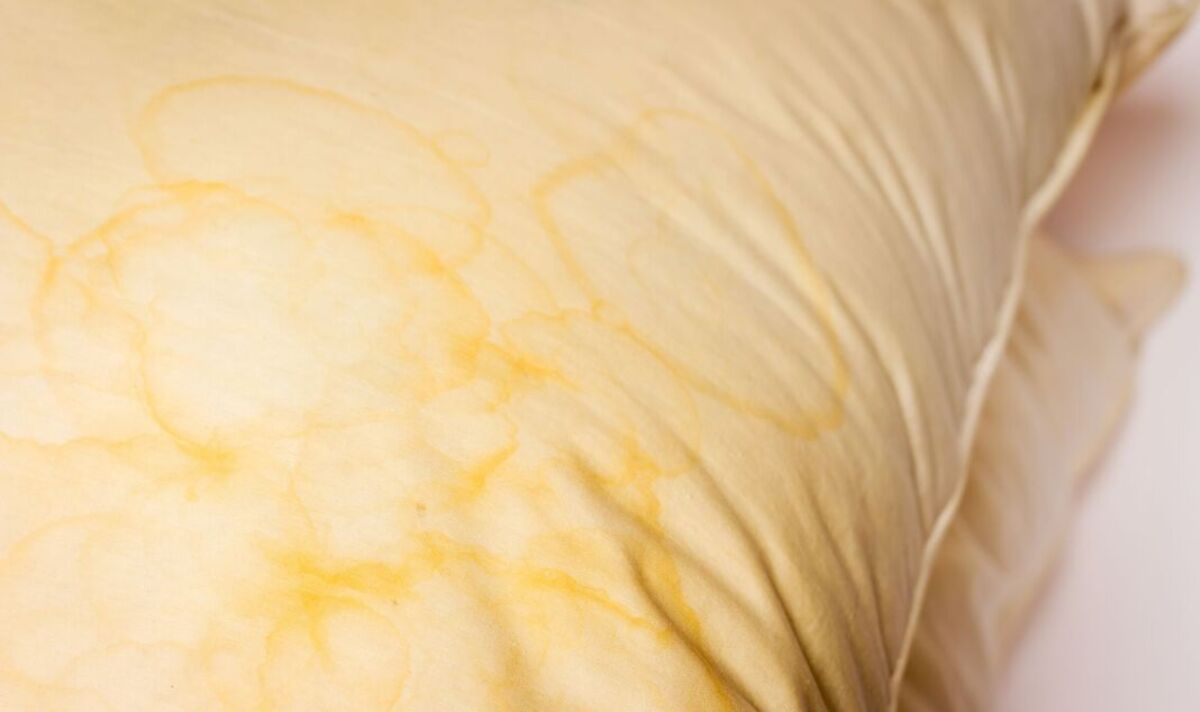
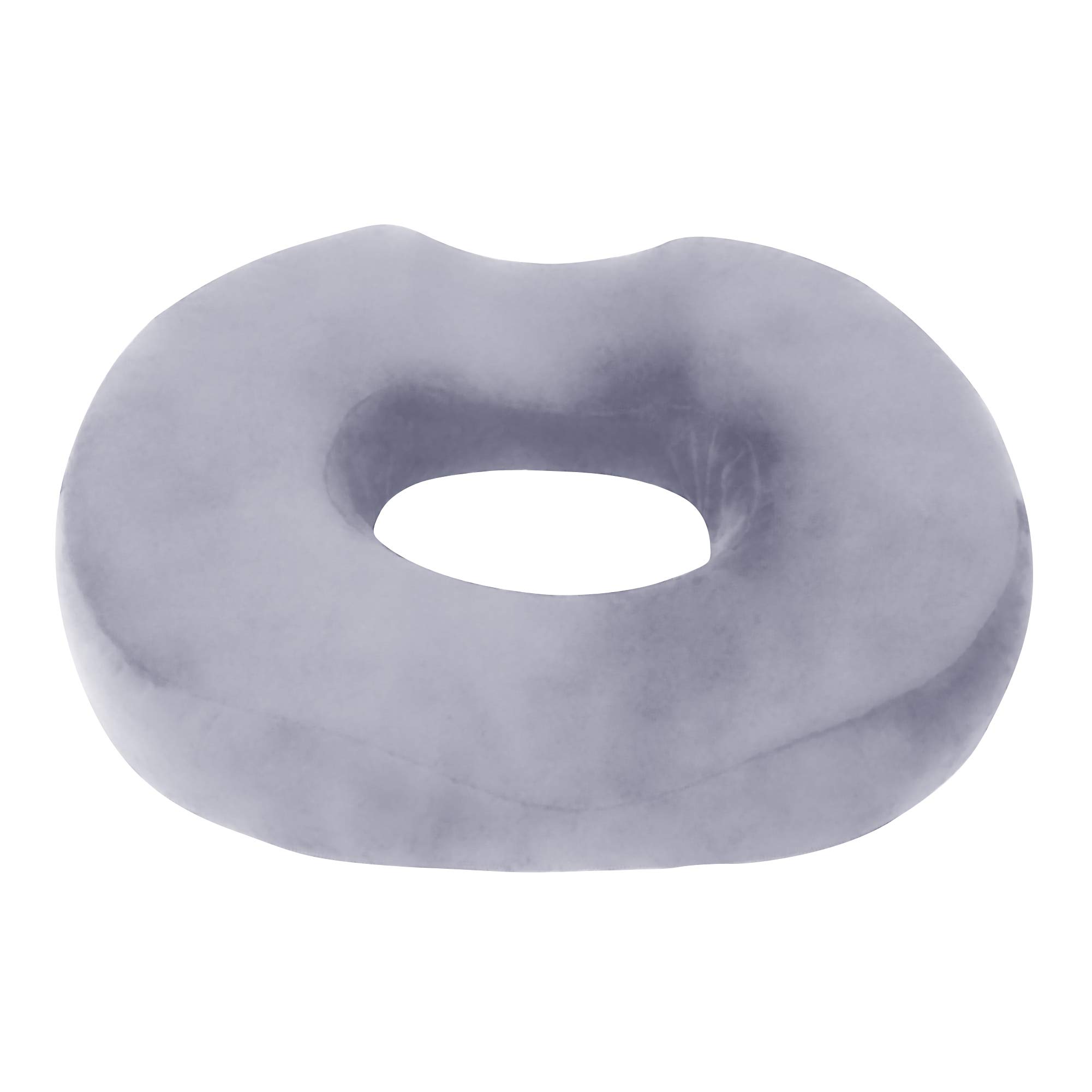
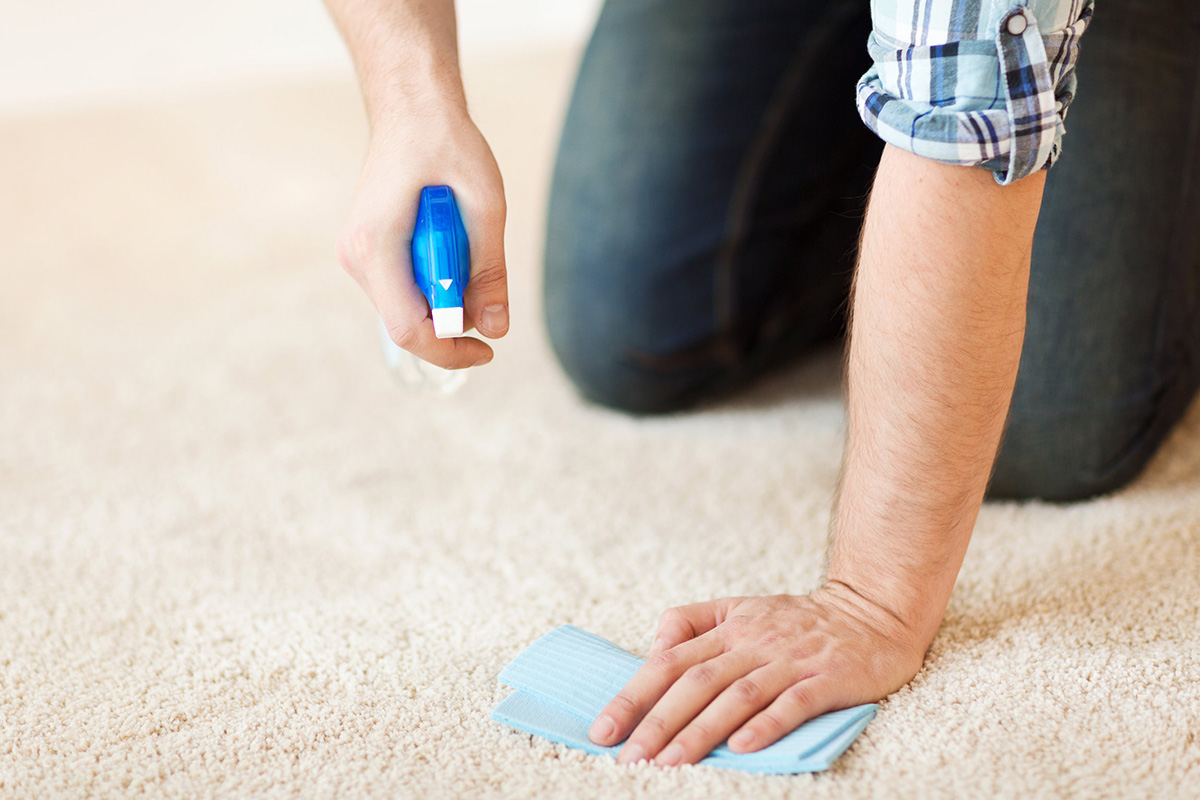
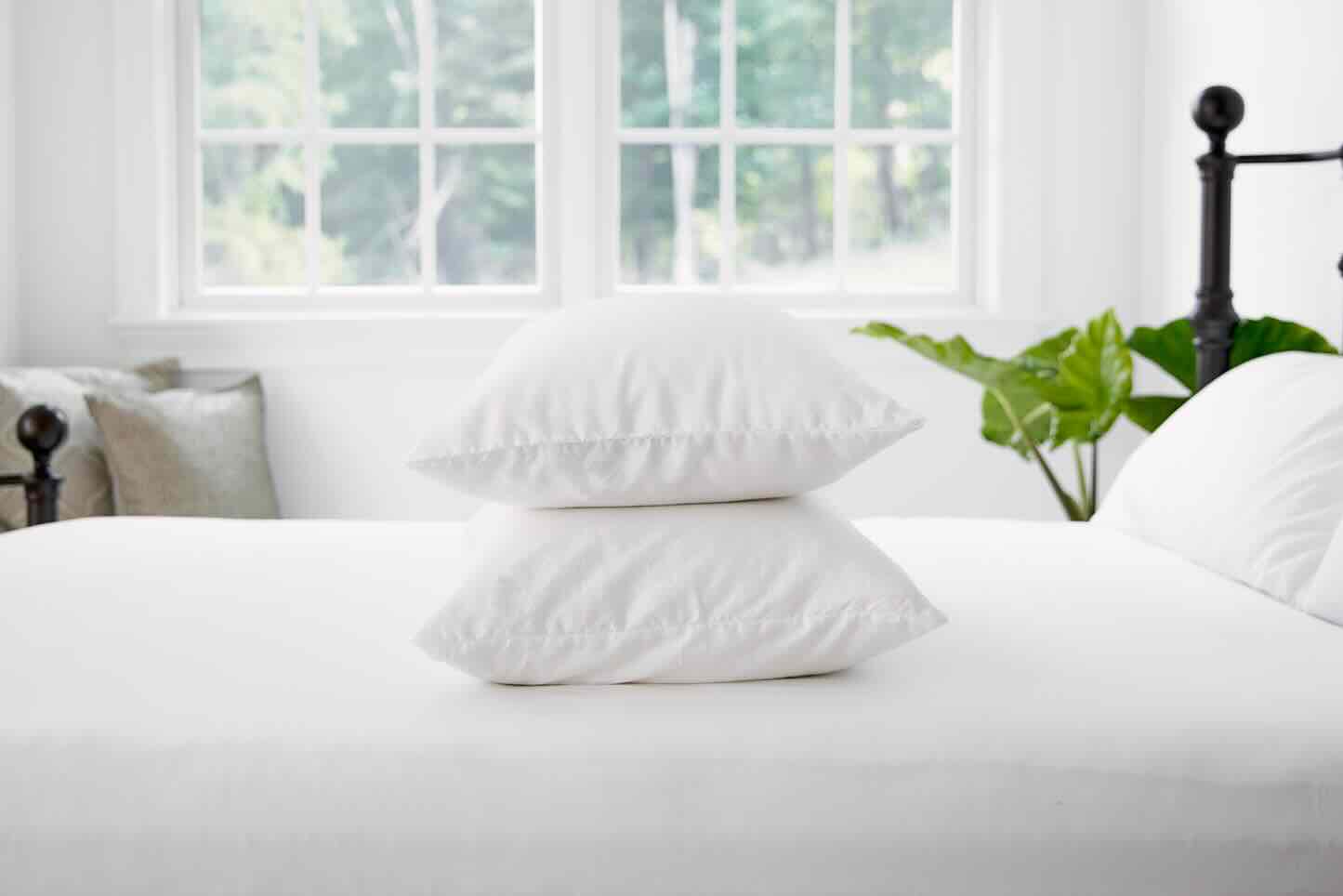




0 thoughts on “Why Do New Pillows Smell”